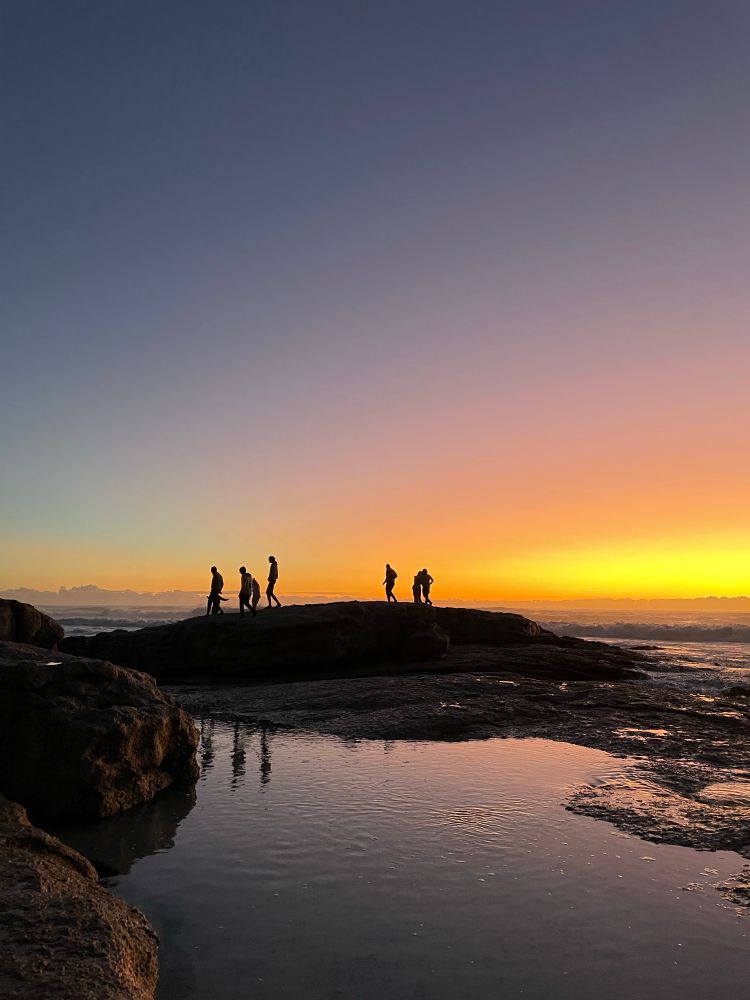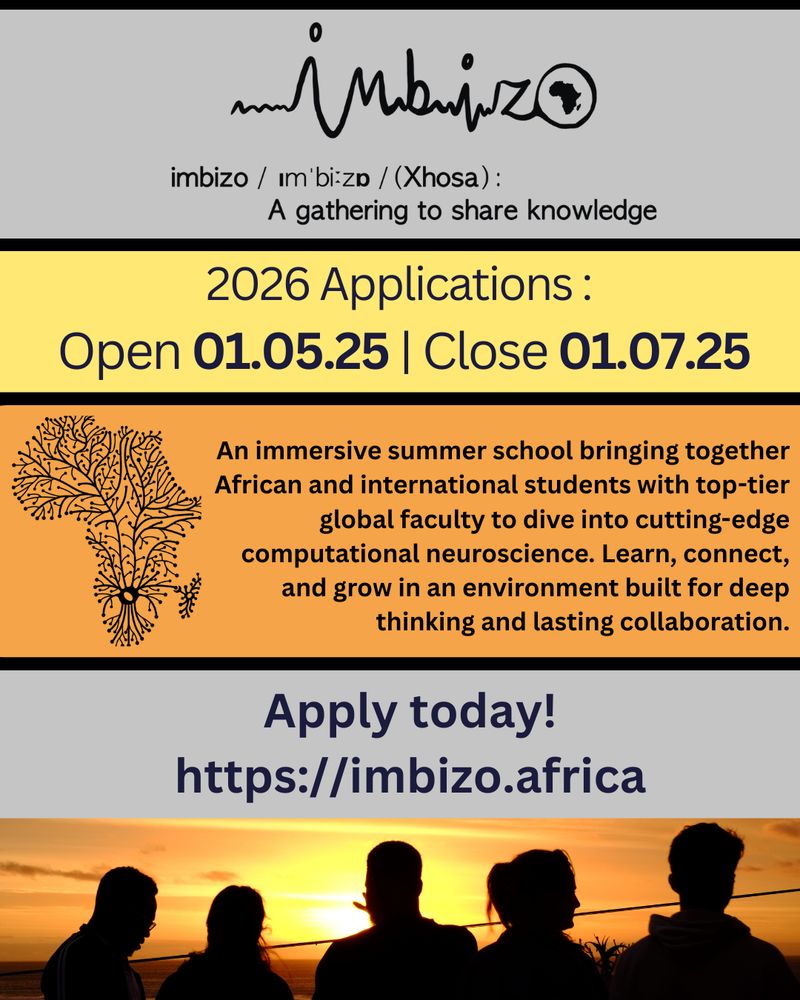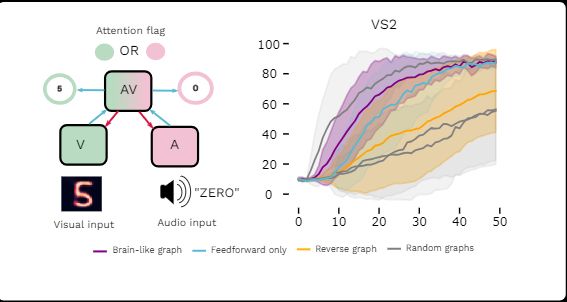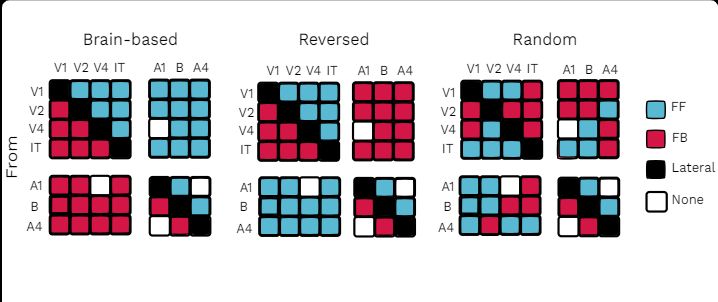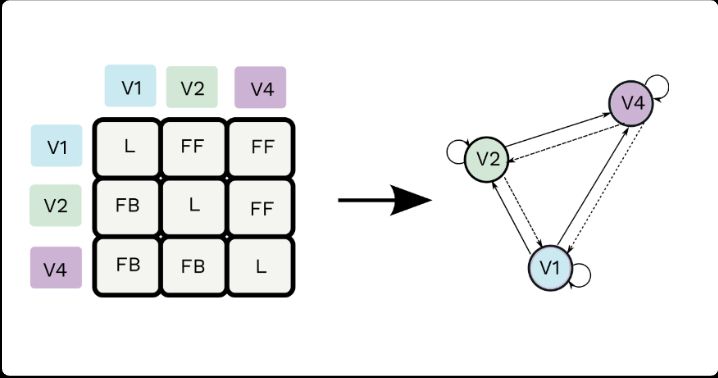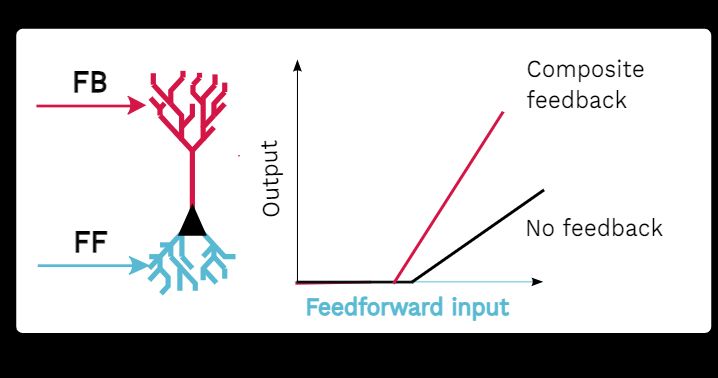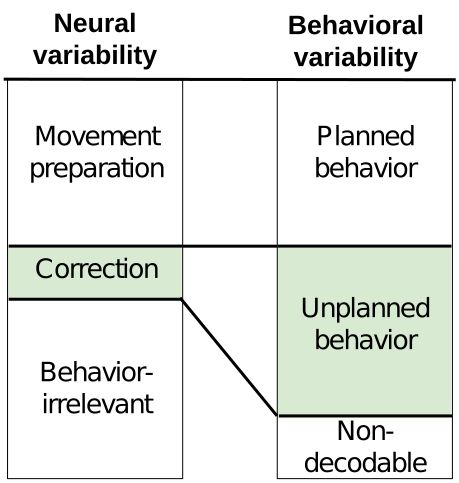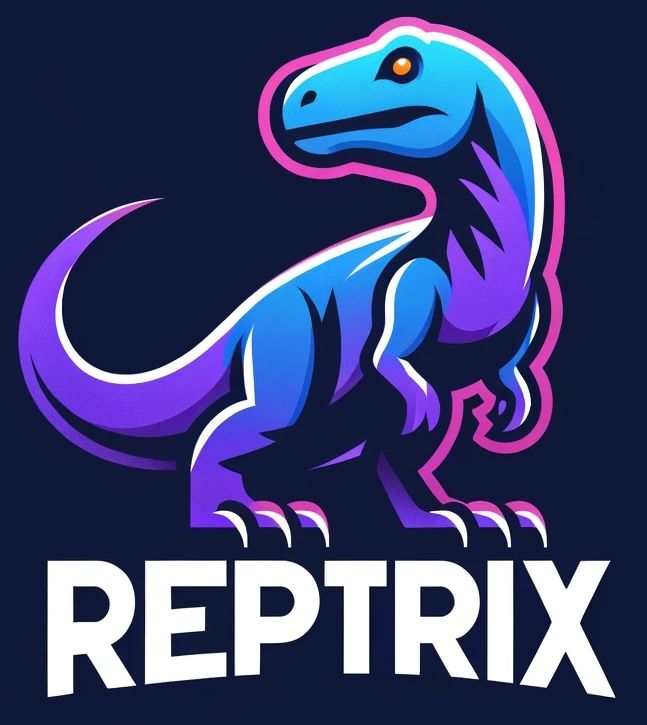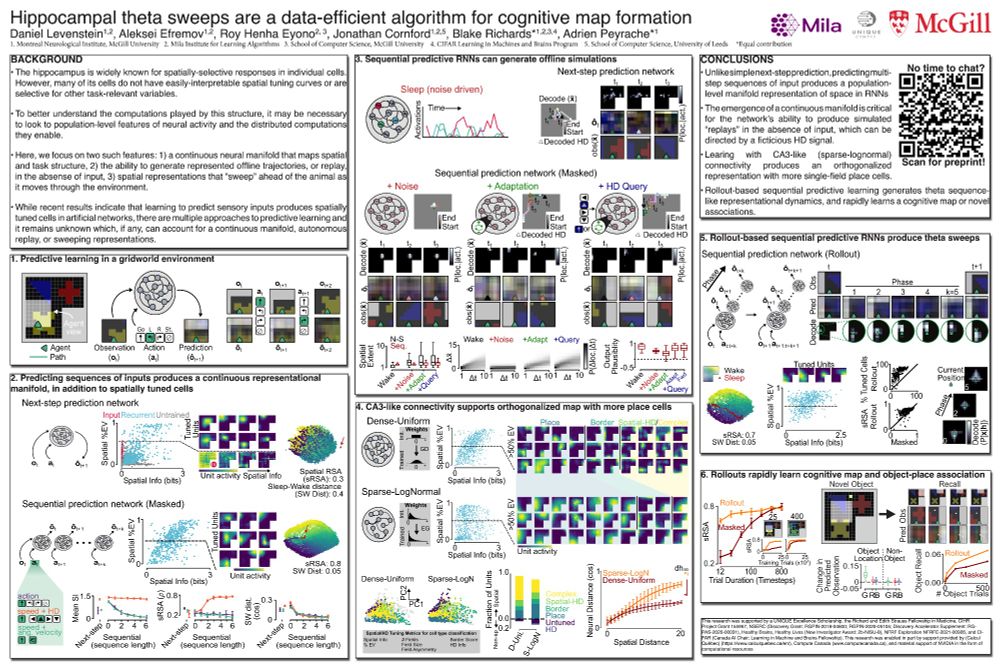Mashbayar Tugsbayar
@tmshbr.bsky.social
530 followers
150 following
19 posts
PhD student in NeuroAI @Mila & McGill w/ Blake Richards. Top-down feedback and brainlike connectivity in ANNs.
Posts
Media
Videos
Starter Packs
Reposted by Mashbayar Tugsbayar
Reposted by Mashbayar Tugsbayar
Mashbayar Tugsbayar
@tmshbr.bsky.social
· Apr 16
Mashbayar Tugsbayar
@tmshbr.bsky.social
· Apr 16
Mashbayar Tugsbayar
@tmshbr.bsky.social
· Apr 15
Mashbayar Tugsbayar
@tmshbr.bsky.social
· Apr 15
Mashbayar Tugsbayar
@tmshbr.bsky.social
· Apr 15
Mashbayar Tugsbayar
@tmshbr.bsky.social
· Apr 15
Mashbayar Tugsbayar
@tmshbr.bsky.social
· Apr 15
Mashbayar Tugsbayar
@tmshbr.bsky.social
· Apr 15
Mashbayar Tugsbayar
@tmshbr.bsky.social
· Apr 15
Reposted by Mashbayar Tugsbayar
Reposted by Mashbayar Tugsbayar
Reposted by Mashbayar Tugsbayar
Reposted by Mashbayar Tugsbayar
Olivier Codol
@oliviercodol.bsky.social
· Mar 26

Brain-like neural dynamics for behavioral control develop through reinforcement learning
During development, neural circuits are shaped continuously as we learn to control our bodies. The ultimate goal of this process is to produce neural dynamics that enable the rich repertoire of behavi...
www.biorxiv.org
Reposted by Mashbayar Tugsbayar
Shahab Bakhtiari
@shahabbakht.bsky.social
· Mar 14

